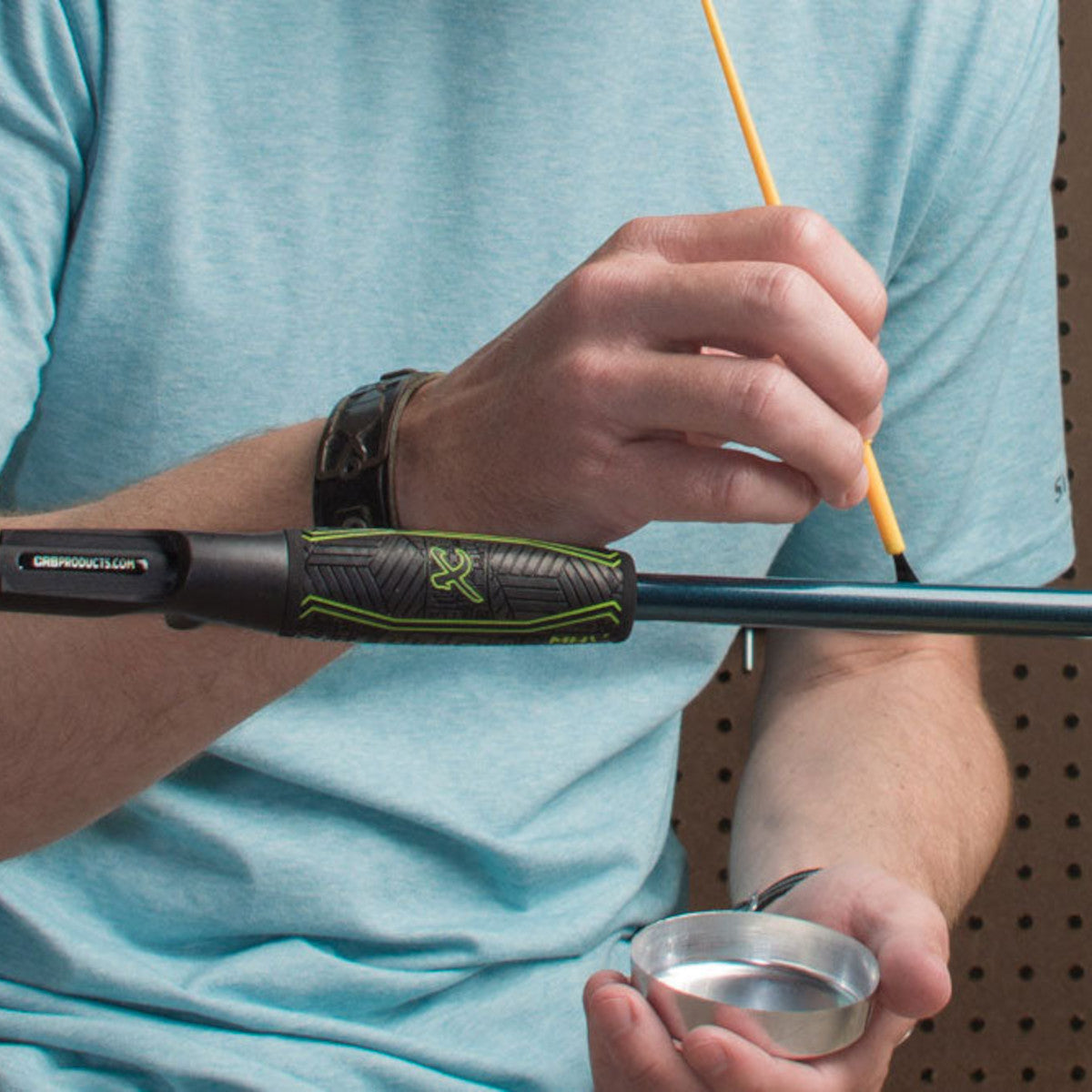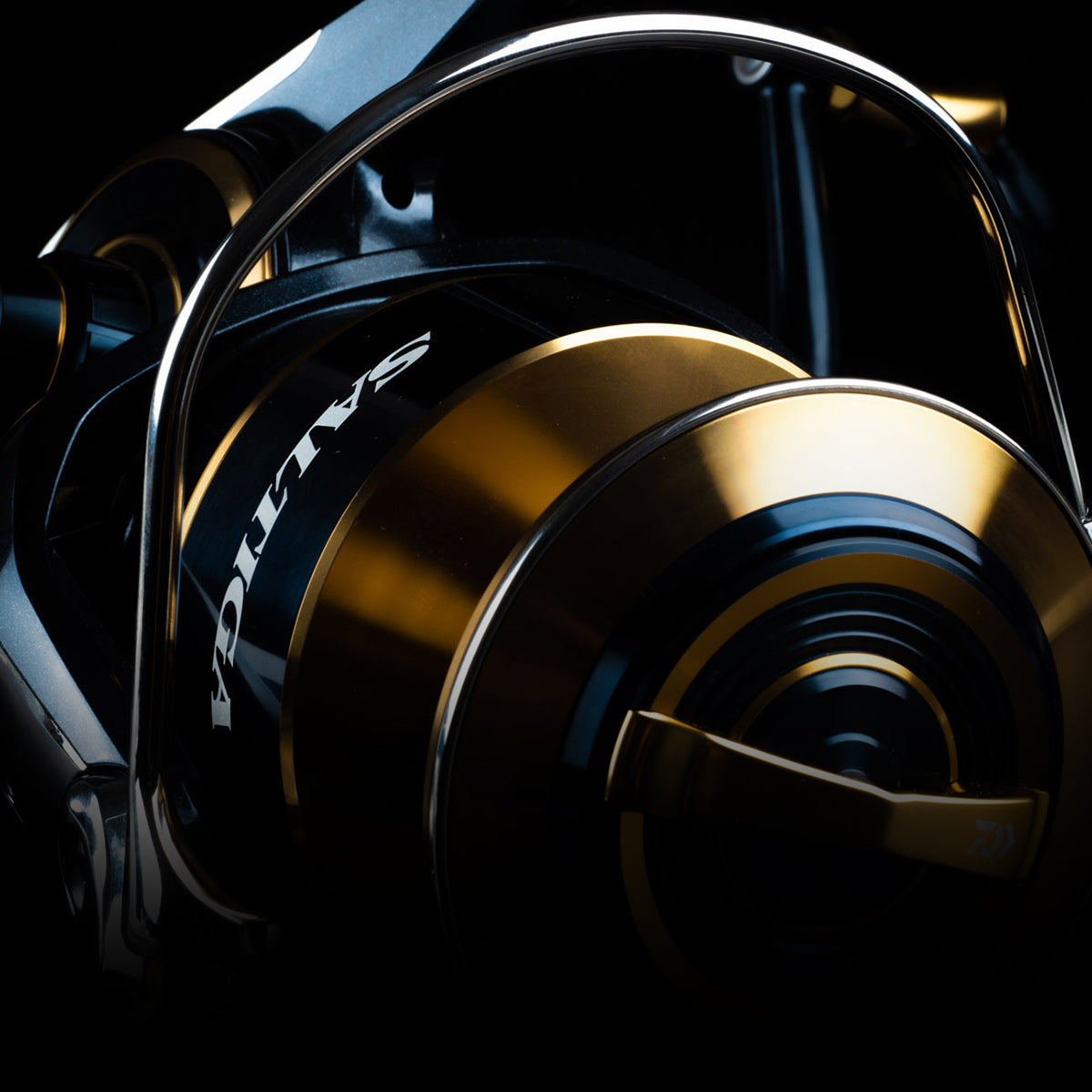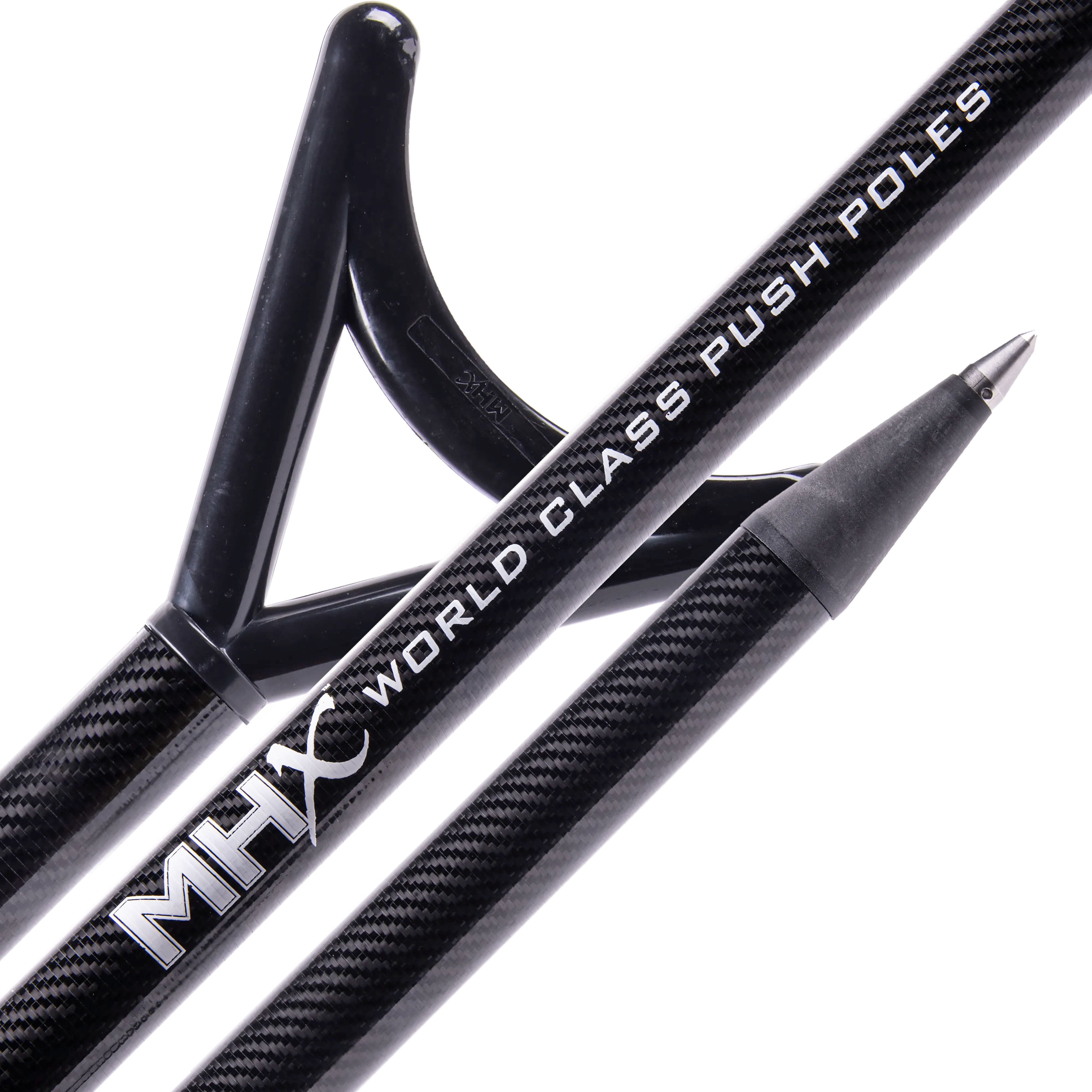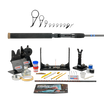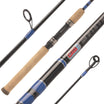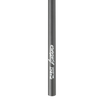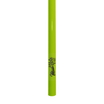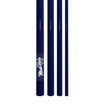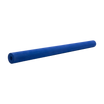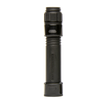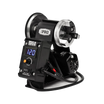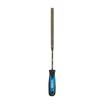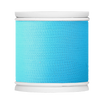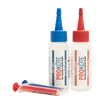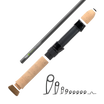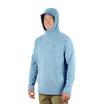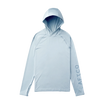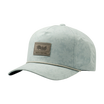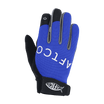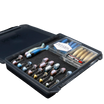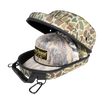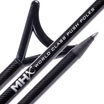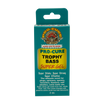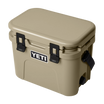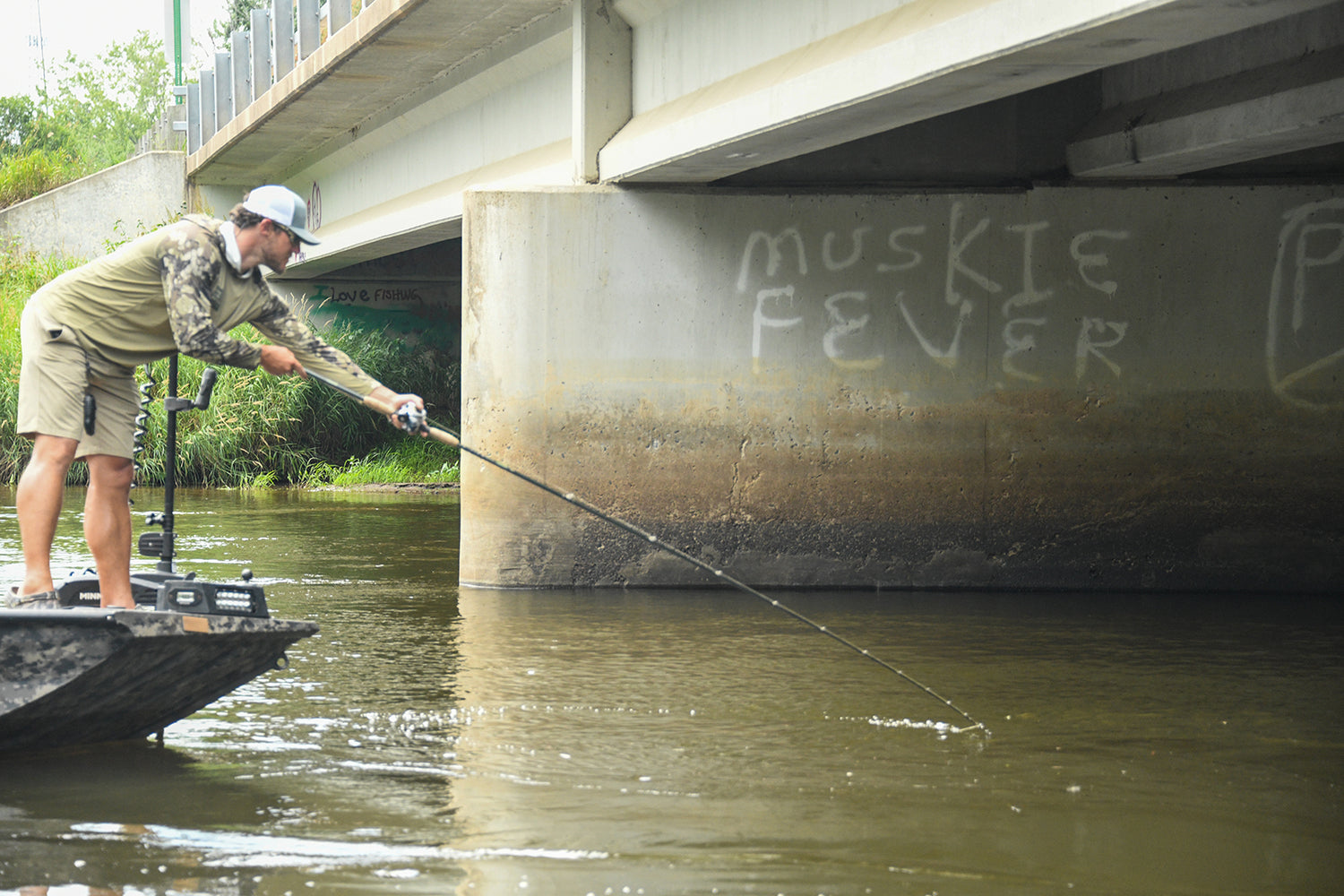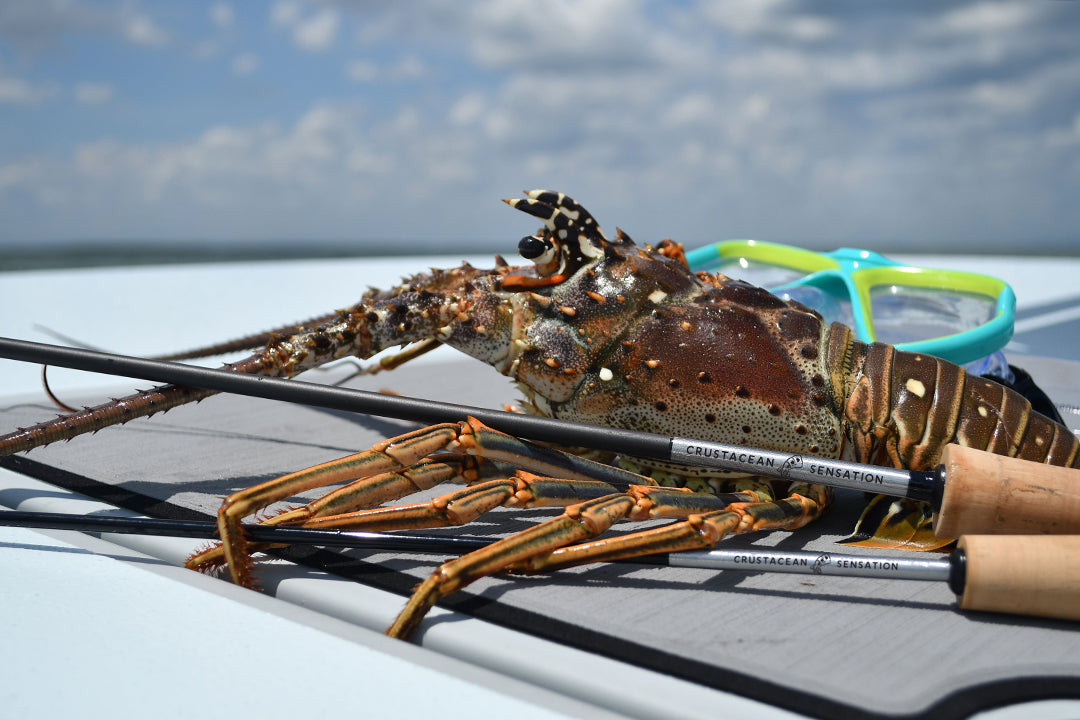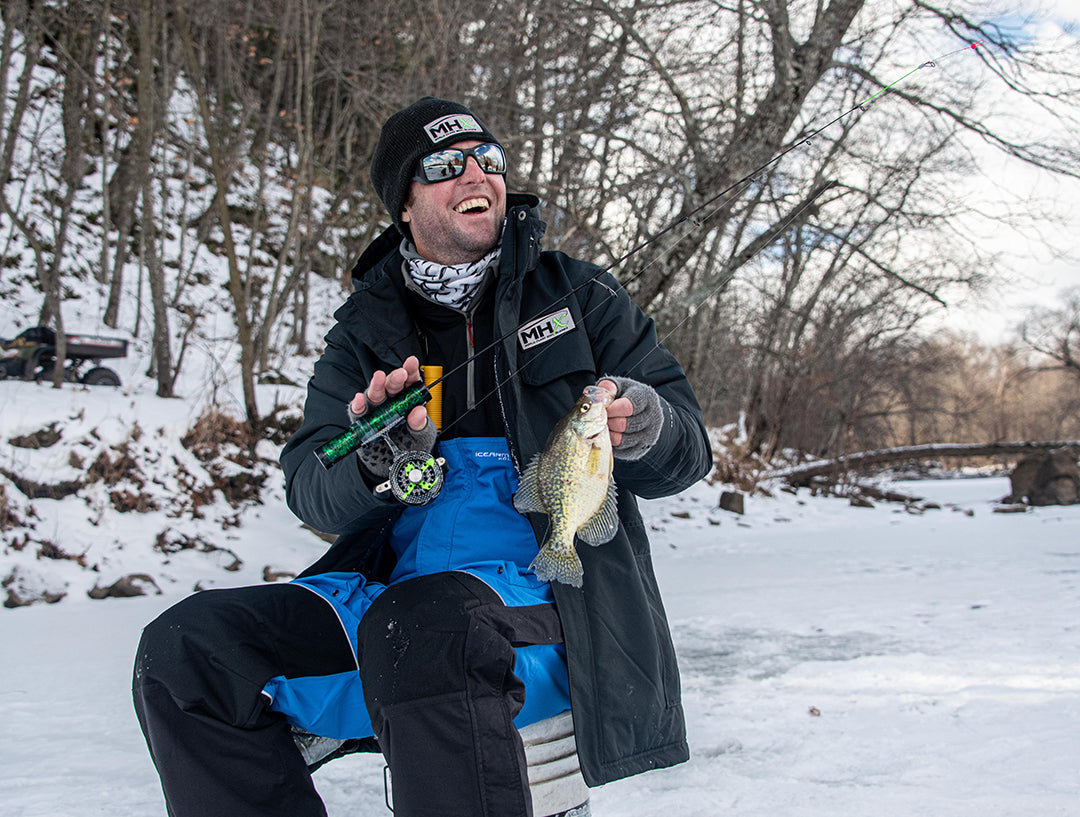Now that Labor Day has come and gone many anglers are looking forward to fall. While some fisherman are putting down their rod and reel for something they can take afield, the die hard Muskie angler is prepping for their own trophy.
There is nothing quite like muskie fishing. They can be ferocious yet very frustrating. The fish of 10,000 casts. The allure of trophy muskie is being the ultimate test of an angler’s gear and their will. Since we at Mud Hole can’t do anything about your will we will have to be sure your gear is where it needs to be.
As the late fall to early winter sets in, muskies, like many other gamefish, can sense the lean times approaching. With water temperatures dropping, these typically elusive predators, which usually eat only once or twice a day, become more opportunistic. Whereas a mature muskie might be content with a single three-pound bass spring or summer, now it's focused on putting on weight for the colder months ahead.

Remember, the fall is a transitional period. When fishing with Jozef Wojciehoski of Taps and Tackle of Stevens Point, Wisconsin, he loves fishing flats that have the thickest vegetation or around rocks that still have green weeds on them. “Along with the vegetation I find the biggest muskies will almost always use spots that have deep water nearby”, says Wojo. During this period, you will most likely see and catch some of the largest muskies of the year. This typically begins when water temperatures drop below 70 degrees and intensifies as they reach between 65 and 58 degrees.
The good news, fall can be your best chance at that muskie of a lifetime. Now, let’s build the best custom muskie rod you will ever figure-8.
Mud Hole offers an incredible line of blanks geared towards muskie fishing. From lightweight 7-footers all the way to 9-foot 2X heavy. Trust me, you will be covered.
For this blog I will be concentrating on two of our favorite blanks that we fished while up in Stevens Point, Wisconsin. As a reference, we fished topwaters and glide baits as well as bucktails throughout the trip. In addition to the rod blanks, I will discuss some of the best components so you can build the best muskie rod on the water.
When targeting big muskie there is nothing quite like throwing topwater. We fished ones like the Dr. Evil and the Fat Bastard from Lake X lures. You will find muskie lures have crazy names!
Best Heavy Muskie Topwater Rod Build – MU96H-MHX
Let's lead it off with one of our favorite rod blanks for chucking and winding wild topwater plugs. The MU96H by MHX out of the Muskie series.
Specifications: 8'0" | 20-40 lb. | 2 - 6 oz. | Fast Action | Heavy Power


Full Length Handle Options

Reel Seat Options
For those wondering what reel seat we might use on a bigger muskie rod, the good news is most of your favorite casting seats for bass fishing also come in larger sizes that will fit your muskie build. The reels are very similar as most anglers are just using the larger size low profile bass reel. These are going to be sizes 200 and 300.
As you know, if you have read any of my other blogs, I build a lot with the Fuji ECSM seat as well as the CRB GCRS. Well, one of the differences in those seats are the ECSM is a fitted seat and the CRB GCRS is a standard casting seat. Many times the muskie blanks have larger diameters, so you will need to buy a larger reel seat than what is on your bass rod. The good news, Fuji has an ECSM in a size 17 body as well and the GCRS has size 17 and 18. So, if you have rod blanks with larger outside diameters, you can still fish your favorite reel seats!

Another unique option that might get overlooked is a palming seat. At times a trigger that positions itself on the outside of your palm, rather than between your fingers, provides far better comfort, strength and castability than standard casting trigger seat. The PLSM is a lighter and exposed seat version of the original palming seat. This also comes in a size 18 to better accommodate larger blanks like the 2x heavy muskie blanks.
Best Guide Sets for Musky
I want to preface this guide discussion by saying, yes you can use smaller guides than you typically see on factory built muskie rods but you need to understand some of the limitations for guide sizes is because of tip top sizes. So often you see musky rods built with size 8 or 10 double footed running guides and it is very unnecessary. I know most anglers are throwing straight braid so there is no reason to have oversized running guides.

Now, you do need to pay attention to the stripper guides as although you do have a larger reel the low profile ones still sit close to the rod blank. If you are looking at guide sets, American Tackle, Fuji and CRB all do medium duty kits well. They do not use over sized running guides but do provide proper sizes on their stripper guides. Plus, each of those kits fit rods out to 9-footer with the CRB LZR kit going out to 10-footers.
Now back to this tip top verses guide sizing situation. Be sure to check your blank's tip sizing as American Tackle makes multiple smaller ring tip tops in larger tube sizes. Their Ring Lock Medium Duty tops have tube sizes up to 7.5 with size 5 and 6 size rings. Those are the only ones in the industry!
*Side note*- The MU96H-MHX has a 7.5 tip size.
Best Heavy Muskie Bucktail Rod Build – MU108H-MHX
Last but not least, our favorite rod blank for throwing bucktails. The MU108H by MHX out of the Muskie series.
Specifications: 9'0" | 20-50 lb. | 2 - 6 oz. | Fast Action | Heavy Power
Ok, so full disclosure, I say it is my favorite because I caught my first muskie on it. Remember though, I got excellent direction from Matt Stefan and Wojo from Taps and Tackle before coming to fish.
 I opted for the longer rod as the guys mentioned a little extra length allows for more reach during the signature figure-8 move so many muskie anglers know so well. as out incredible guide Wojo says, "Allow the longer, heavy-power rod to handle the casting of those bigger bucktails, and it will also be more effective at controlling those big girls.”
I opted for the longer rod as the guys mentioned a little extra length allows for more reach during the signature figure-8 move so many muskie anglers know so well. as out incredible guide Wojo says, "Allow the longer, heavy-power rod to handle the casting of those bigger bucktails, and it will also be more effective at controlling those big girls.”
Not that I ignored what he was telling me but I wanted to get a little creative and cut the MU108H down just a little. When cutting rod blanks we always recommend taking from the butt section and not the tip section. When you cut from the butt section you can shorten the rod blank and still maintain the same power and action.
One final choice for me was taking the suggestion of a full length handle for a rod when throwing bucktails and the figure-8 is common. For me, it was nice to have the rod tucked against my side and have the full length handle add a little cushion as apposed to the bare rod blank. In addition, when going from reeling the bait to the figure-8 and a violent boat side strike, the full length grip give you more security when holding on for dear life.
Granted, I didn't catch a giant but I did get my first.

Don't worry, I did not end this without talking about hook keepers. One thing to think about with the muskie baits is, every single bait I have seen has giant treble hooks. The reason I mention that is I recommend using an enclosed hook keeper. I do not typically suggest those but in this case, you want those baits secure when running down the lake. Both the CRB Large Hook Keeper and the American Tackle Deluxe Hook Keeper are great options.

